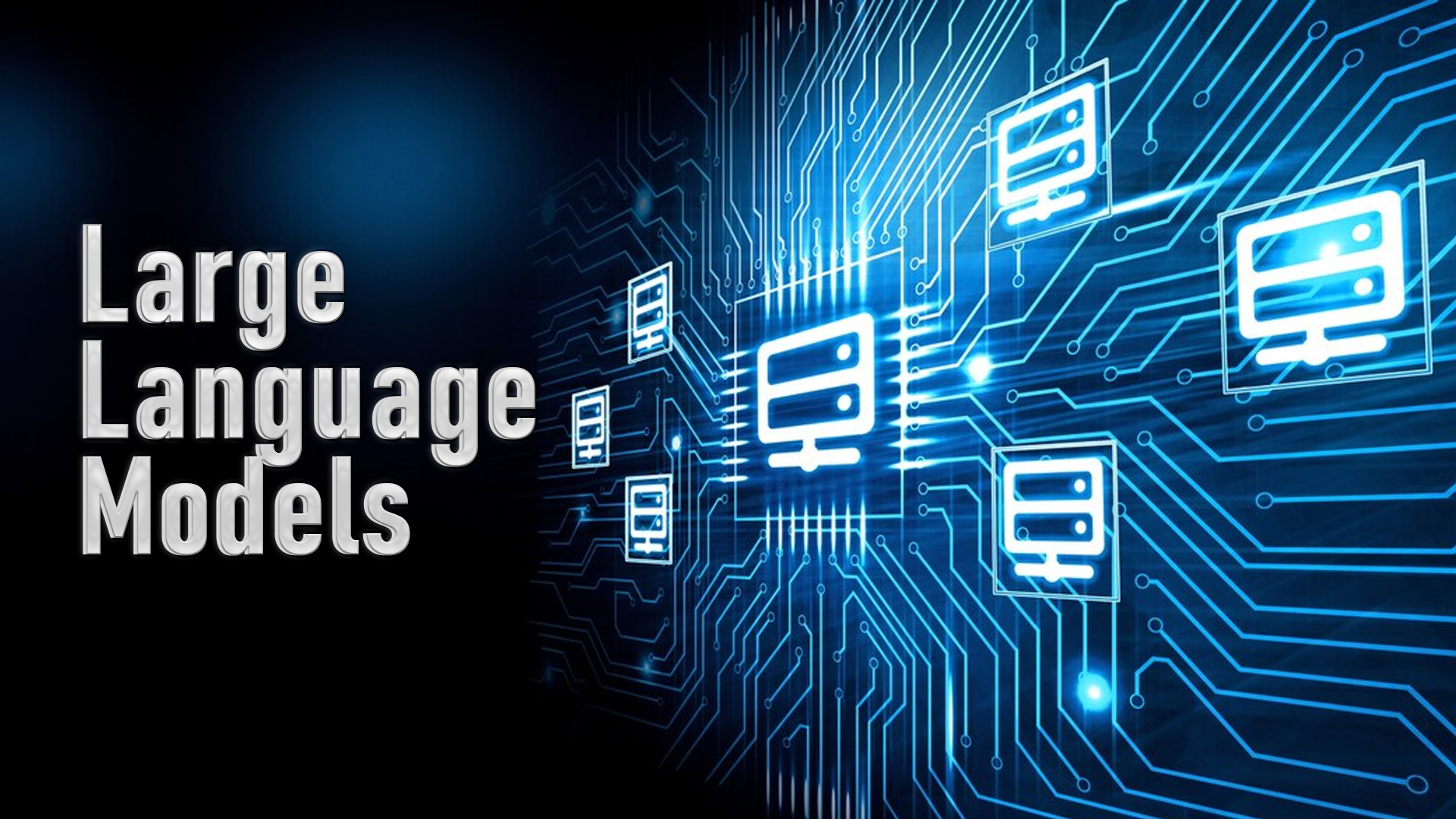Large Language Models (LLM): Comprehension and Deployment


- Large Language Models (LLMs) are powerful AI models for natural language processing.
- Deploying LLMs requires considering computational resources, data privacy, and ethics.
- LLMs have diverse applications across industries and promise future innovations.
Large Language Models (LLMs) represent a transformative breakthrough in natural language processing (NLP) and artificial intelligence. In this article, we will explore what LLMs are, their evolution, and the intricacies of deploying these powerful models effectively.


Introduction to Large Language Models (LLMs)
Large Language Models (LLMs) represent a transformative breakthrough in natural language processing (NLP) and artificial intelligence. In this article, we will explore what LLMs are, their evolution, and the intricacies of deploying these powerful models effectively.
LLMs, or Large Language Models, belong to a category of artificial intelligence models meticulously crafted to comprehend and produce text that closely resembles human language. These models are constructed upon sophisticated deep learning methodologies, notably deep neural networks, and have demonstrated extraordinary proficiency in an array of language-related undertakings. These include text generation, translation, summarization, and even the ability to answer questions accurately.
One of the most notable LLMs is GPT-3 (Generative Pre-trained Transformer 3), developed by OpenAI. GPT-3’s unprecedented scale, with 175 billion parameters, has set a new standard for language generation and understanding.
Considerations for Deploying LLMs
LLM deployment is a difficult task that needs to be carefully thought out. Computational resources, data privacy, and ethical implications are some of the important considerations.
One critical concern is the enormous computational power required to train and deploy LLMs. The hardware infrastructure to support these models can be costly, and optimizing their performance is a significant challenge.
Additionally, ensuring data privacy and compliance with data protection regulations is paramount. LLMs must be deployed with robust security measures to safeguard sensitive information.
Ethical considerations, such as bias mitigation and responsible AI practices, should also be integrated into deployment strategies. This includes ongoing monitoring and intervention to prevent harmful or biased outputs.
Deployment Techniques and Use Cases
There are various deployment techniques for LLMs, depending on the specific use case. LLMs can be utilized in chatbots, virtual assistants, content generation, language translation, and even medical diagnosis.
One common deployment approach is fine-tuning, where pre-trained models like GPT-3 are adapted to specific tasks through additional training on task-specific data. This fine-tuning process tailors the model’s capabilities to suit a particular application.
Another technique is the use of APIs (Application Programming Interfaces) provided by organizations like OpenAI. These APIs allow developers to integrate LLMs into their applications with relative ease.
The Future of LLMs in Various Industries
The deployment of LLMs holds enormous potential across multiple industries. In healthcare, LLMs can assist in medical research, diagnostics, and patient interactions. In education, they can aid in personalized learning and tutoring. Content creation, customer service, and legal document analysis are just a few examples of how LLMs are being employed across diverse sectors.
The future of LLMs also involves advancements in multilingual capabilities, improved understanding of context, and greater adaptability to user-specific needs. As LLMs become more accessible and adaptable, their influence is likely to expand, driving innovation and efficiency in numerous domains.
Conclusion
In conclusion, Large Language Models (LLMs) represent a remarkable leap in AI and NLP. Their evolution continues to redefine the boundaries of what is possible in language understanding and generation. Deploying LLMs, while complex, offers the potential for groundbreaking advancements across industries.
However, it must be done with careful consideration of computational resources, data privacy, ethics, and responsible AI practices. As LLMs continue to evolve, they are poised to become a ubiquitous tool, transforming how we interact with and leverage language in a wide range of applications. Understanding and effectively deploying LLMs are key steps toward harnessing their transformative potential.
Recent Posts
$2 Million! Remittix Raises Record Amounts In Under Three Weeks! Why Are Savvy Investors Excited About This New Altcoin
The markets are red hot, with Bitcoin breaking the 100k mark again on Monday. But…
Remittix (RTX) Races Past $1M During Presale, Traders Forecast $1 Price Target In 2025
Crypto presale investment opportunities offer the biggest possible gains. Ask anybody who bought into Solana at…
Bety Player Hits Jackpot In Crypto-Gaming Superslam!
A Bety.com user recently won millions of dollars playing the platform’s Hash Lucky game with…
Rollblock Price Prediction: How Quickly Can RBLK Hit $1? Here’s Why It Is Expected To Outperform XRP In 2025
Rollblock (RBLK) is among the most talked about altcoins in cryptocurrency with its approach to decentralized…
The Top 4 Crypto Staking Platforms to Boost Your Earnings: Keynode Leads the Way
In the ever-evolving world of cryptocurrency, staking has emerged as one of the most lucrative…
BitconeMine launches $6,300 Christmas event bonus and welcomes new and old users to actively participate
BitconeMine has become a leading brand in the cloud mining industry, offering significant advantages to…


